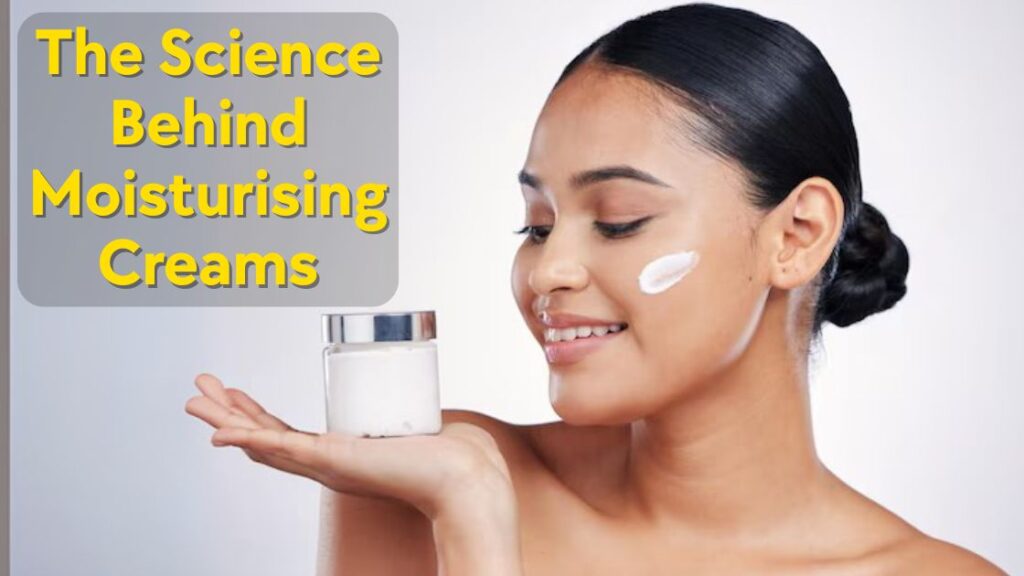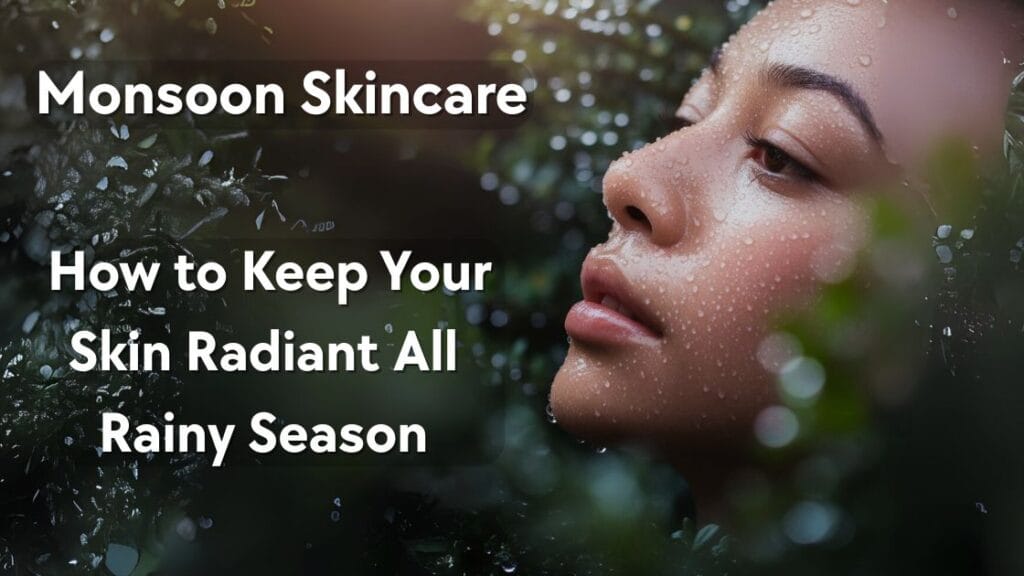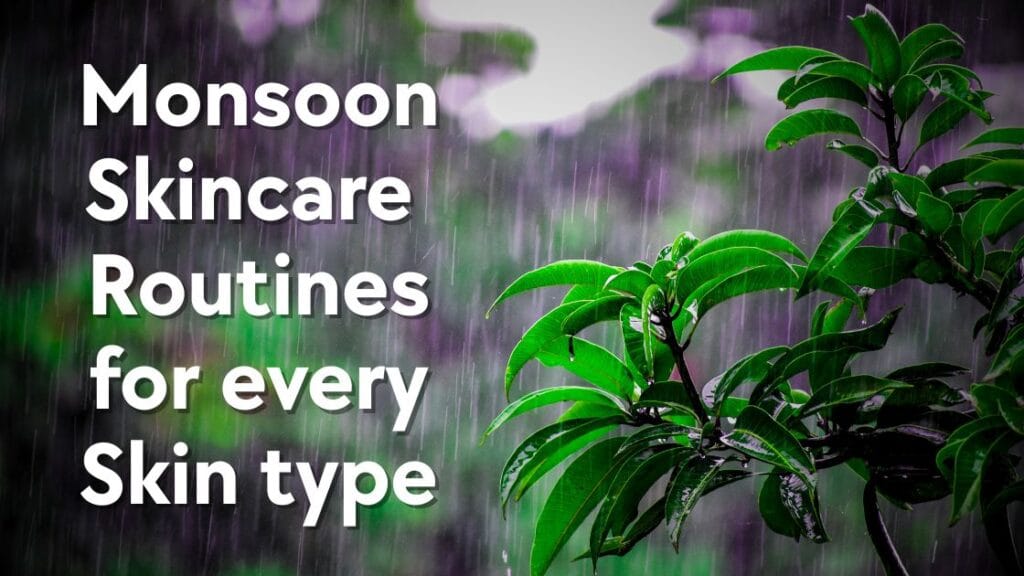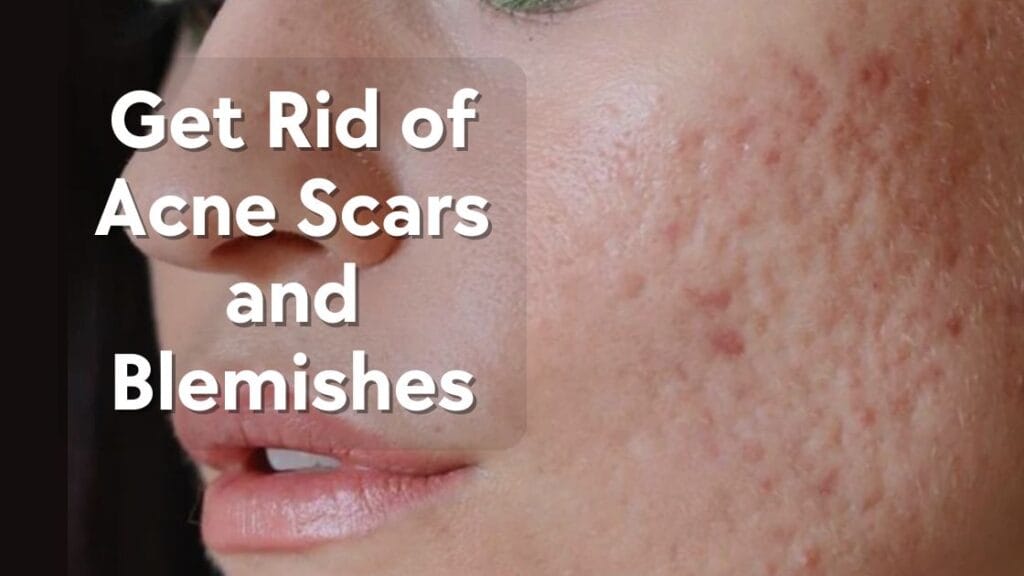I used to think a “good moisturiser” was just a thick cream that felt sticky and heavy. The stickier, the better, right? Wrong. Over years of trial, error, reading papers, and chatting with dermatologists, I learned that moisturising creams are way more subtle (and fascinating) than that old belief. They’re not just about slapping on hydration; they’re about barrier repair, smart ingredients, timing, skin type matching, and sometimes a little patience.
In this post, I want to walk with you through what moisturising creams really do (beyond “make skin soft”), how they work at a molecular level, how to pick the right ones, pitfalls I’ve hit myself, and answers to the top questions people ask. Think of this as a behind-the-scenes look at your cream: the science + the art. Let’s dig in.
Why moisturising creams matter: more than “just moisture”
It’s easy to reduce moisturiser to “just water + cream,” but the real picture is richer. The skin barrier (especially the outermost layer, the stratum corneum) has multiple roles: blocking water loss, fending off irritants or microbes, regulating pH, and facilitating healthy turnover. When this barrier is disrupted, skin can feel tight, show flaking, itch, become more sensitive, or age faster.
A comprehensive review underscores that moisturisers don’t act in one single way; the best ones support four barrier layers: physical, chemical, microbial, and immunologic. They do this via combinations of occlusive ingredients (to block water loss), humectants (to draw and hold water), and emollients (to smooth and replenish).
Another deep dive confirms that while some creams actually worsen barrier function, many improve it (depending on formula). So the old slogan “all creams are good” is outdated.
In skin conditions like atopic dermatitis, the use of moisturisers is a frontline therapy repairing the barrier, reducing lesions, and decreasing dependency on steroids.
In short, good moisturising creams are about restoring skin health, not just hiding dryness.
The triad: How moisturising creams actually work
A moisturising cream generally combines three kinds of actives:
- Humectants
These are molecules that attract water (from the deeper skin layers or even from the air, depending on humidity). Think glycerin, hyaluronic acid, urea, lactic acid, etc. They help raise hydration in the upper skin layers.
But: humectants alone may draw water out if the barrier is compromised or humidity is low. That’s why pairing with occlusives/emollients matters. - Emollients/lipids
These “fill the cracks” between skin cells and smooth the texture. They can also integrate into the skin’s lipid matrix (ceramides, fatty acids, cholesterol) and help the barrier rebuild. - Occlusives
These form a physical seal over the skin to reduce water evaporation (transepidermal water loss, TEWL). Classic examples: petrolatum, dimethicone, mineral oil. Petrolatum is extremely potent sometimes blocks ~99% water loss in extreme settings.
The best creams often combine all three in balanced ways, so you get water influx + barrier sealing + repair support.
Ceramides & advanced barrier repair: A deeper look
One ingredient that often gets buzz (for good reason) is ceramide. In many skin types (especially dry or sensitive skin), ceramide levels are low or disorganised. Replenishing ceramides can strengthen the lipid “mortar” between cells. A meta-analysis comparing ceramide-containing moisturisers vs other options in atopic dermatitis found that ceramide creams showed superior improvement in clinical scores (SCORAD), though TEWL differences were less consistent.
Another study on a specially formulated “ceramide cream” showed measurable improvement in skin hydration in trials.
So ceramides are not a miracle, but for many people, they’re a powerful lever, especially if your barrier is compromised.
Choosing a moisturising cream: what to look for (and avoid)
When I first tried choosing creams, I’d pick whatever felt luxurious, smelled nice, or had a “doctor” label. I learned the hard way that those are poor heuristics. Now I look at ingredient function, formulation balance, skin type needs, and real performance. Here’s a guide.
What to favour
- Ingredient synergy: a good mix of humectant + lipid + occlusive
- Barrier lipids: ceramides, cholesterol, free fatty acids
- Gentle emollients: squalane, caprylic/capric triglycerides
- Non-irritating preservatives / low fragrance
- pH balance/acidity compatible
- Clinical backing or transparency
What to be cautious of / avoid
- High fragrance / essential oils (especially if your skin is reactive)
- Harsh alcohols (e.g. denatured alcohols in large amounts)
- Overly thick formulas that clog pores (for oily/acne-prone skin)
- “All natural” claims without ingredient clarity
- Incompatibility with your actives (some creams conflict with acids, retinoids)
When you patch test, always try a small area (behind the ear or the inner arm) for a few days first.
How to use moisturising creams smartly (tips & timing)
Even the best cream can fail if misused. Here are habits I adopted (after messing up a few times) that made a difference.
- Apply on damp skin: Right after washing or applying a hydrating toner/serum, while your skin is still slightly damp. This helps humectants draw water before the cream seals it.
- Use the correct amount: More isn’t always better. Usually, a pea-to-nickel-sized amount for the face, adjust for your skin’s needs.
- Layer thoughtfully: If you have multiple steps (serum, actives, cream, oil), let the thinnest first. Cream often goes after lighter serums and before heavy occlusives.
- Night vs day: Use a richer version at night (skin repairs more than), and a lighter one in daytime (especially under makeup).
- Seasonal switching: My summer cream fails in winter. I switch to a more occlusive or richer variant when the air turns dry.
- Use in spot mode: For very dry patches (like around nostrils or chin), I “dot” extra cream or use an occlusive layer over that area only.
- Moderate actives: If you use retinoids, acids, or strong actives, give some buffer time or alternate nights; combining too aggressively with rich creams can backfire.
Mistakes I made (so you don’t have to)
Let me share a couple of personal slipups and real lessons.
Overnight cream overdose
One winter, I used a super heavy “night cream” meant for very dry skin. I thought “more is better,” but I awakened with clogged pores, breakouts, and nightmarish patchiness. Lesson: even rich creams need moderation and compatibility with your skin’s capacity.
Ignoring formula change when shifting seasons
Once I used my summer gel-cream into early winter. My cheeks got tight, red, and flaky. I ignored it until it got worse, then had to backtrack for weeks with barrier repair steps. Now, I “season-proof” when I sense a humidity shift, I change creams early.
These stories aren’t to scare; they’re reminders that your skin communicates. Listen early.
FAQs (People Also Ask style)
1. What is the difference between moisturising cream and lotion?
A “cream” is typically richer (more lipid/occlusive content) vs a lotion, which is lighter, more fluid, and often better for normal/oily skin. But this definition always blurs the check ingredients.
2. Can a moisturising cream cause acne or breakouts?
Yes, especially if it’s heavy, comedogenic, or conflicts with your skin type. Choose non-comedogenic, lighter formulations if you’re prone to breakouts.
3. How often should I apply a moisturising cream?
Usually twice daily (morning + night). In very dry climates or on dry patches, you may reapply as needed. But more frequent use isn’t automatically better.
4. Should I layer oil over cream or cream over oil?
Typically, oil over cream (if using both) helps seal. But if oil is very heavy, cream + light oil is safer. Test on your skin.
5. Does moisturising cream expire?
Yes. Most creams last 6–12 months after opening (or check PAO symbol). After that, the formulation may degrade or rancidity may set in.
6. Can you use moisturising cream under makeup?
Yes, if it’s not too heavy. Let it absorb for a few minutes before applying primer or foundation to avoid pilling.
7. Is gel or cream better in humid weather?
Gels or lighter emulsions tend to feel better in humidity; creams may feel heavy or sticky. Use what your skin tolerates.
8. Should men & women use different moisturising creams?
Not inherently, skin type matters more (oily, dry, sensitive) than gender. Choose based on skin needs, not marketing.
9. Do I need different moisturising creams seasonally?
Often yes. Many people use lighter ones in warm/humid months and switch to richer variants in dry or cold seasons.
10. How do I patch test a new moisturising cream?
Apply a small amount to a discreet area (inner forearm or behind ear) for 2–3 nights. Watch for reactions (itching, redness, bumps) before full-face use.
Conclusion & Final Thoughts
When you go “beyond hydration,” moisturising creams are a dance of science and intuition. It’s about matching formula to skin, respecting barrier mechanics, layering smartly, and adjusting over time. The stickiest, thickest cream isn’t always the best; sometimes, the one you don’t feel is doing the heaviest lifting.
If you treat your cream as a tool, not a magic wand, and listen to your skin’s feedback, you’ll find ones that feel like partners, not burdens. Hydration is more than putting water on skin; it’s restoring balance.
| What | Key Insight |
|---|---|
| Moisturising creams do more than “moisturise” | They support barrier, reduce water loss, help skin health |
| Mechanisms | Combinations of humectants, emollients, occlusives |
| Ingredients like ceramide matter | They help rebuild lipid layers in the barrier |
| Choice matters | Match skin type, avoid irritants, check synergy |
| Usage matters | Apply on damp skin, layer properly, adjust seasonally |
| Mistakes | Moisturising creams do more than “moisturise” |





